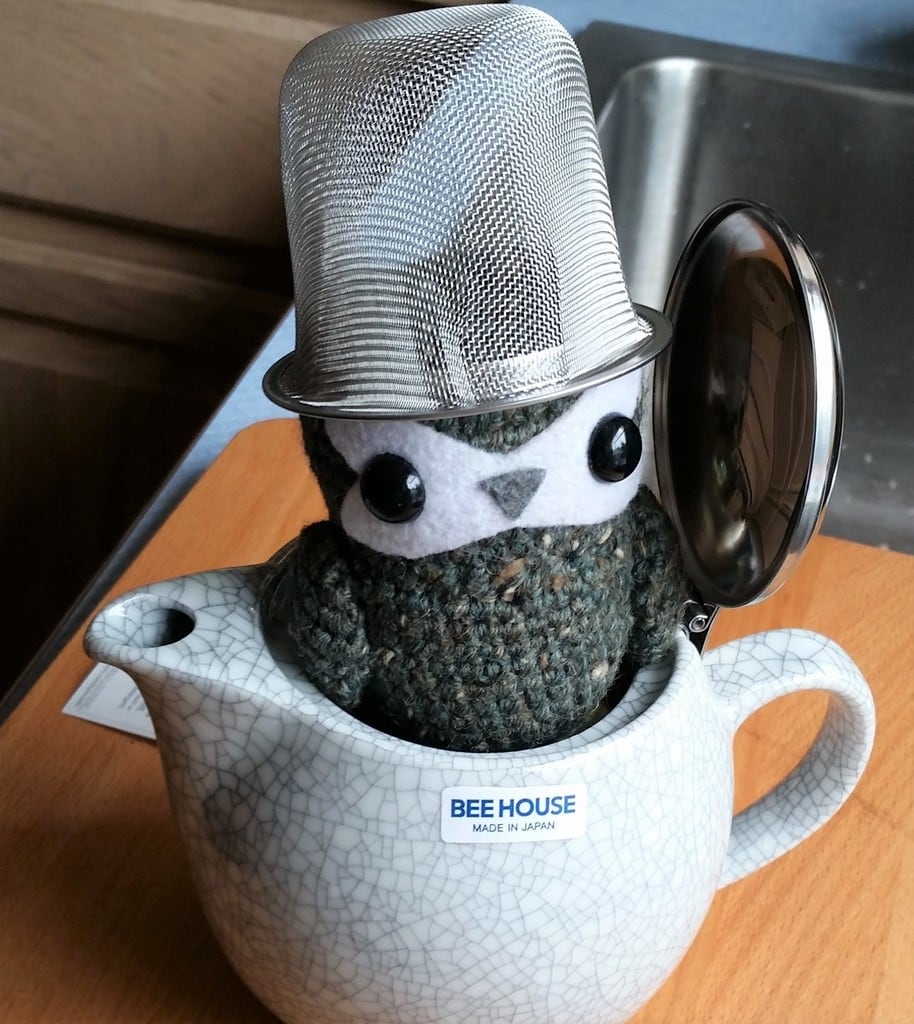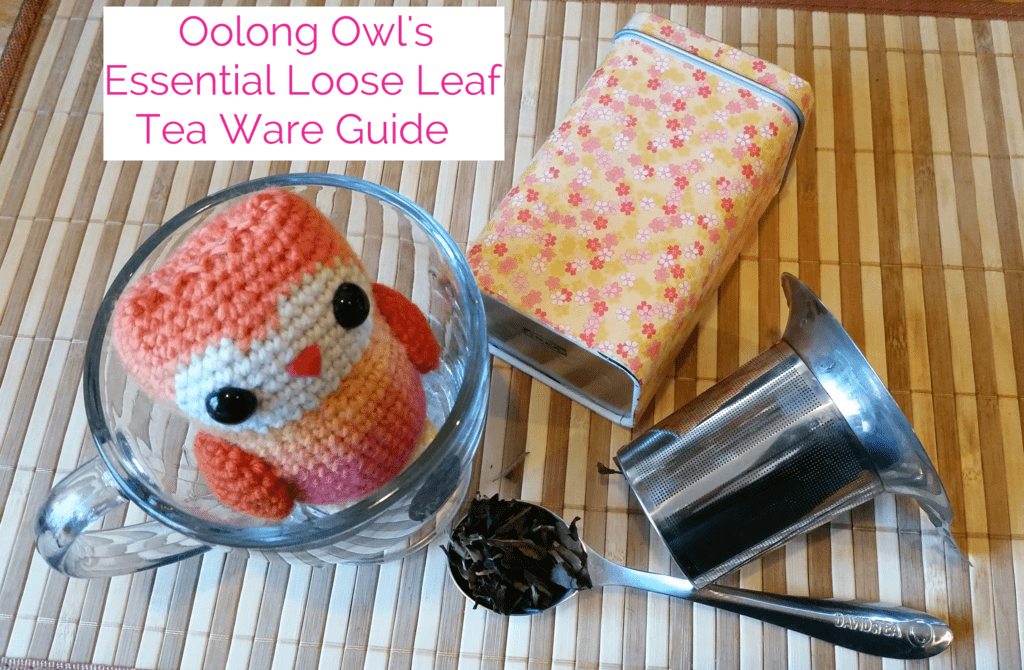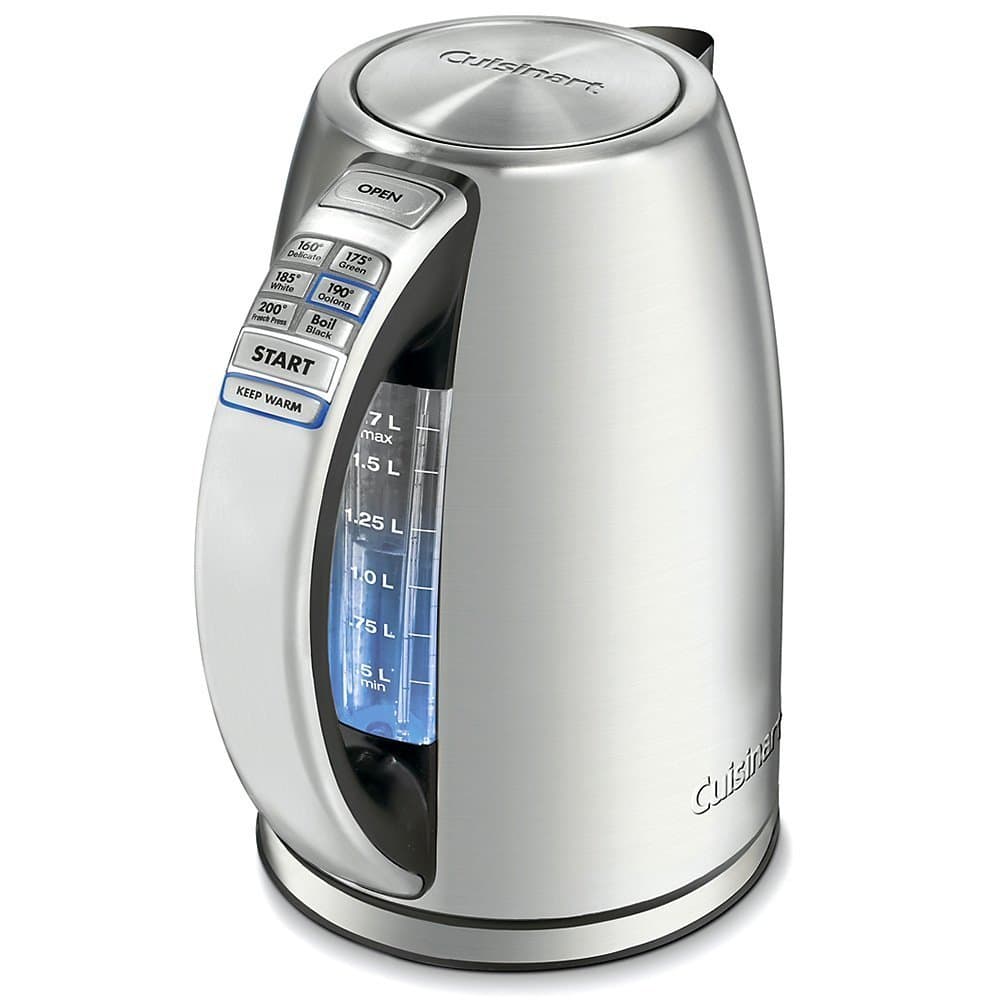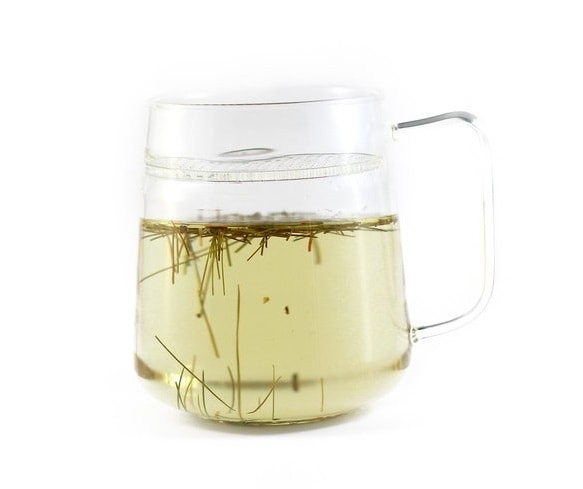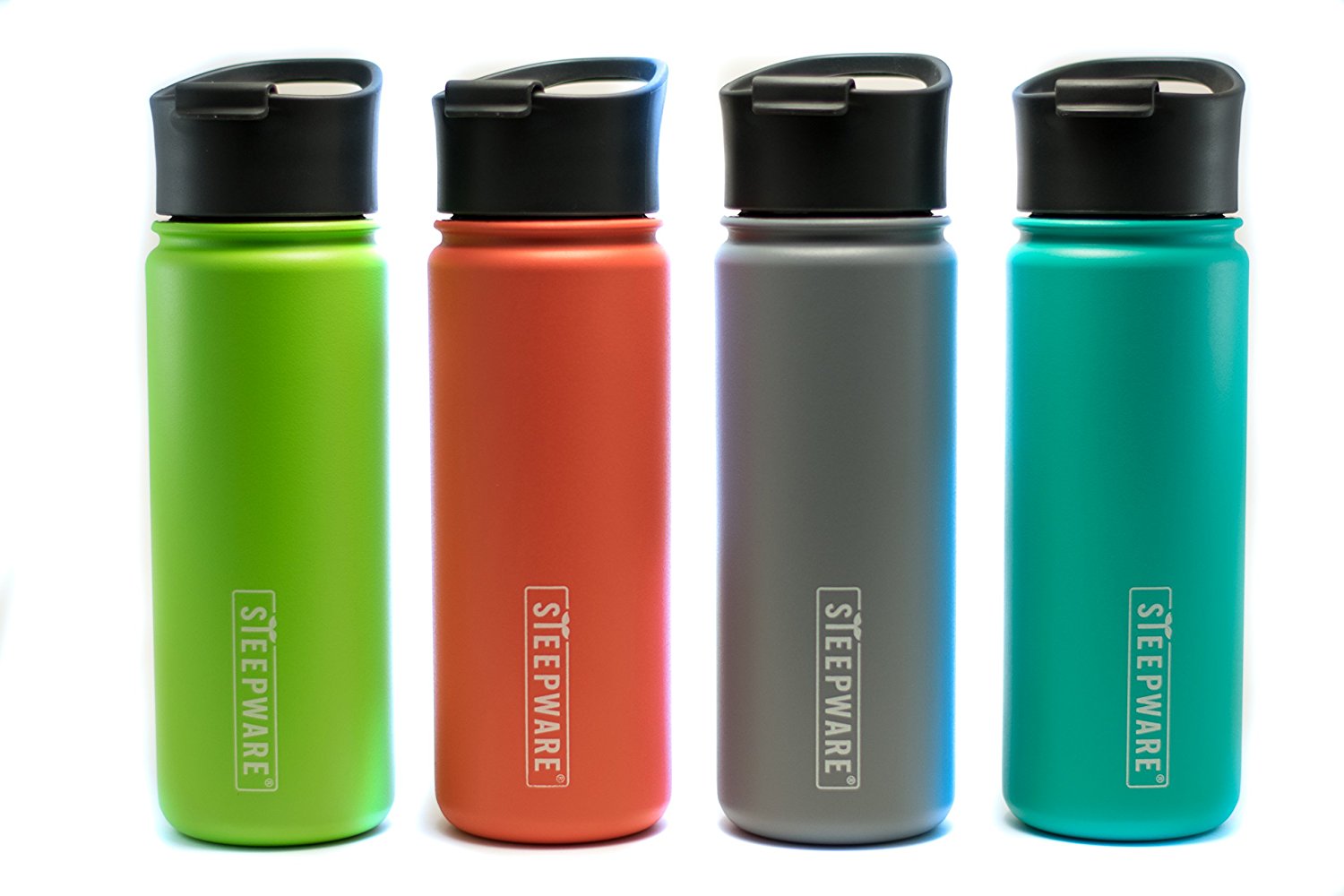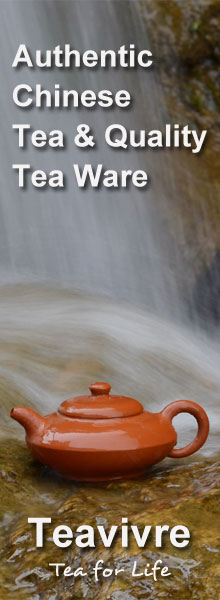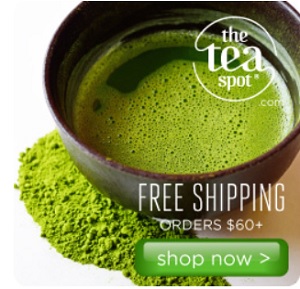As the name says, Dong Ding Red is an oolong with plenty of oxidation and roasted in May 2020. Floating Leaves Tea has some of the best Dong Dings, so with my last order, I bought 2oz of this tea for fun.
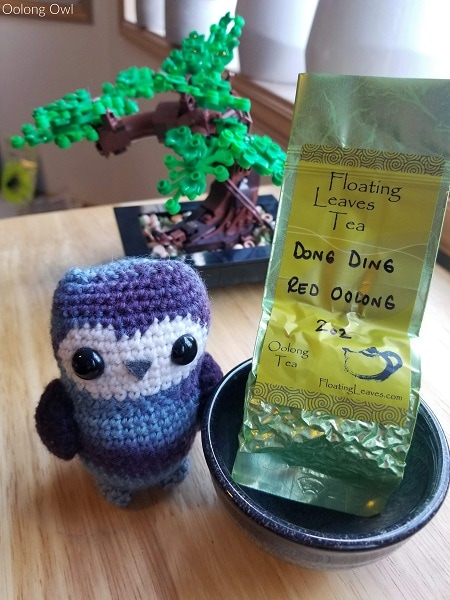
Leaves and Steeping Method
The rolled leaves have a caramel scent.
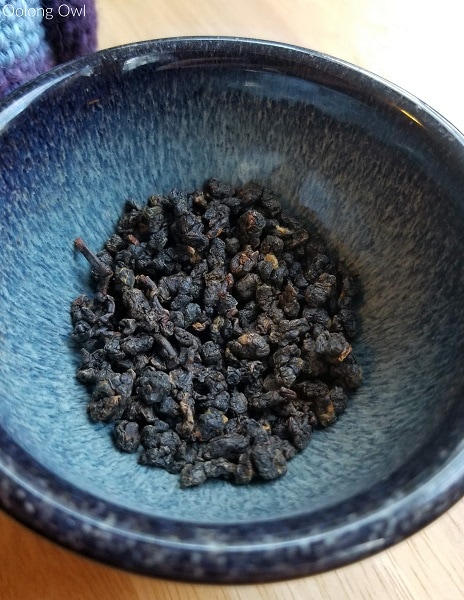
My gongfu ratio is 1 gram of leaf per 15ml of vessel size, steeped in boiling water. After an infusion, the leaves slightly unravel and give off a fruity sweet scent, along with caramel.
Tasting of Floating Leaves Tea’s Dong Ding Red Oolong
First and Second Infusion: Dong Ding Red sips in crisp and light tasting with notes of prunes, butter, and caramel. The aftertaste echos the tea taste, but with a strong mineral sweetness. Impressively, this tea has some salivation along with a smooth and balmy texture.
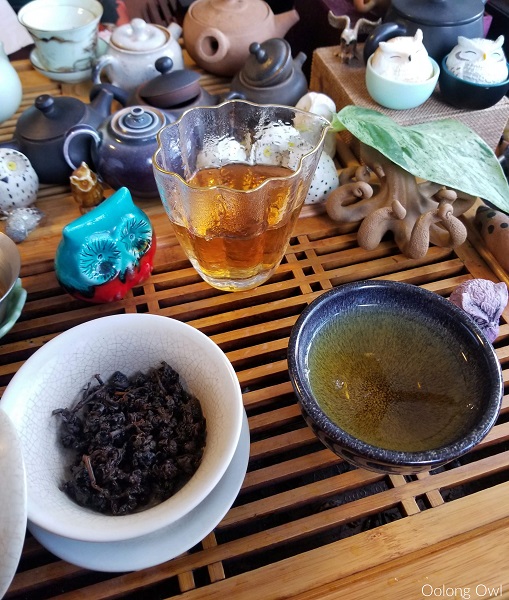
Third, Fourth, and Fifth Infusion: Dong Ding Red got dark, buttery caramel and dark raisins with toasted ends, like raisins on top of a cookie. Some sips are quite dark in raisin browned taste, while others are more salted butter caramel. The finish is sweet and minerally.
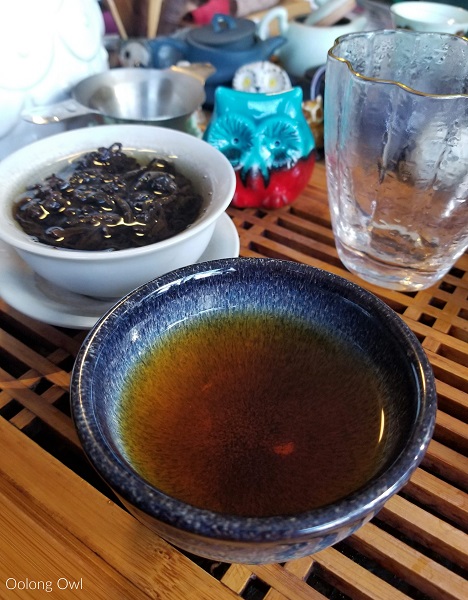
Sixth, Seventh, Eighth, and Ninth Infusion: Dong Ding Red still holds onto a salty buttery profile, but some sips are dried fruity. Others have a bit of an abrasive incense stick astringent quality before the buttery balmy texture smoothes it out. Though as this tea steeps on, the aftertaste is a bit more fruity and fleeting. The last infusion is minerally and raisins.
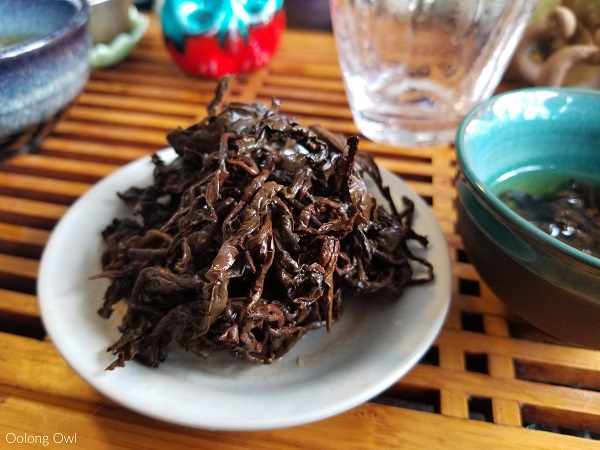
Grandpa/ Lazy style: Dong Ding Red oolong with an extended infusion comes out sweeter and brings out more of the buttery caramel over fruits. As it steeps, the flavor is darker, but doesn’t go bitter or that dry.
Comments
Floating leaves Tea’s Dong Ding Red Oolong has all the comfort food feels with lots of butter and caramel, as well as dried fruits. Dong Ding Red is also a forgiving steep with a taste profile that would appeal to many.
The gongfu style doesn’t change too much as the main flavors hold true for the majority of the infusions – I prefer the grandpa style more but try both and see what you like. This tea would likely western brew excellently too.






